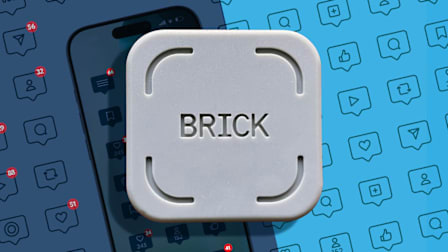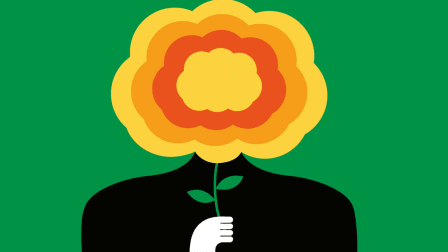How to Recognize and Handle Seasonal Affective Disorder
It may be more than the short days and chilly weather getting you down

The days are short and cold, and as David Avery, MD, professor emeritus of psychiatry and behavioral sciences at the University of Washington Seattle School of Medicine, says, many of us are experiencing dips in mood.
This is often due to the effects of winter’s reduced hours of sunlight on our internal clock. Sunlight helps regulate serotonin (which helps set mood) and melatonin (key for a normal sleep-wake cycle). When these are thrown off, it can affect both mood and sleep, Avery says.
For about 5 percent of adults in the U.S., the disruption is significant enough to cause seasonal affective disorder (SAD). This form of depression usually appears in late fall but tends to be most severe in January and February, according to the American Psychiatric Association. Older adults may experience SAD’s effects more intensely. With age, it’s more difficult for eyes to absorb blue light from the sun, which is important for regulating circadian rhythms, Avery says.
Spotting the Signs
SAD’s symptoms may be similar to those of other types of depression, says Paul Desan, MD, PhD, an associate professor of psychiatry at the Yale School of Medicine in New Haven, Conn.
Best Treatments
The first-line therapy for SAD is usually a selective serotonin reuptake inhibitor, an antidepressant such as sertraline (Zoloft or generic), or bupropion (Wellbutrin or generic), along with light therapy. Light therapy users should sit in front of a box that emits a very bright light (10,000 lux, the equivalent of sunlight on a midsummer day) before 8 a.m. each morning for at least 30 minutes during the winter months. “This can often fool your eyes and brain into thinking the sun is up,” Avery says, “and as a result it helps regulate serotonin and melatonin levels.”
Also consider cognitive behavioral therapy, which may reduce negative thoughts you may have about winter and help you change behavior that can worsen depression, like isolating at home, Desan says.
Before You Use Light Therapy
Light-therapy boxes are available over the counter. But “you don’t want to treat yourself without a doctor’s diagnosis, since some conditions that can mimic depression, like bipolar disorder, can actually be worsened by [these] treatments for SAD,” Avery says.
If your doctor agrees that light therapy is right for you (check with your eye doctor as well if you have retinal disease), make sure the box you choose produces at least 10,000 lux at what Desan calls “a reasonable distance” (more than 11 inches). That way, you can use it while going about activities like eating breakfast. A 2019 study of 24 light boxes, coauthored by Desan, found several that met the criteria, including the NorthStar 10,000, the SunRay II, the Day-Light Classic Plus, the Day-Light Sky, and Sun Touch Plus.
3 Lifestyle Steps That Help
Whether you’re diagnosed with seasonal affective disorder or you simply feel a bit blue throughout the winter, a few lifestyle steps are important.
Go outside regularly. This allows you to soak up more sunlight, Rosenthal says. And that will help keep your internal clock and your mood in sync.
Get exercise, daily if you can. A study published in the journal Depression and Anxiety in 2020 found that about 45 minutes of daily physical activity significantly reduced depression risks.
Connect with others. Try to push yourself to be social, even if you don’t much feel like it. “Anything that makes you feel good, like lunch with a friend, will help,” Rosenthal says.
Editor’s Note: A version of this article also appeared in the February 2022 issue of Consumer Reports On Health.




















